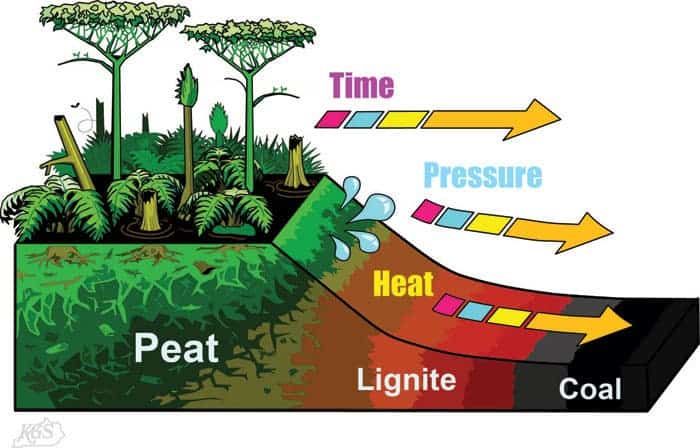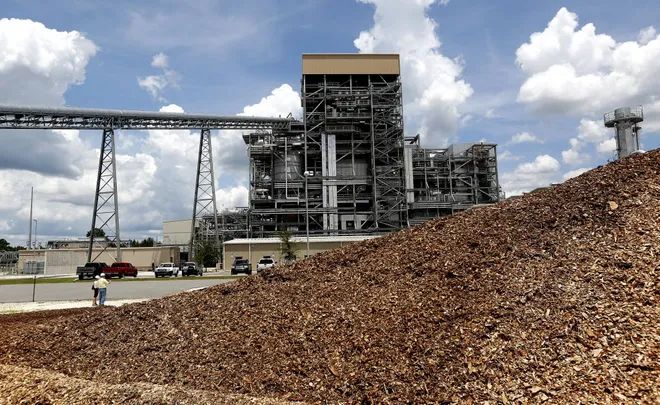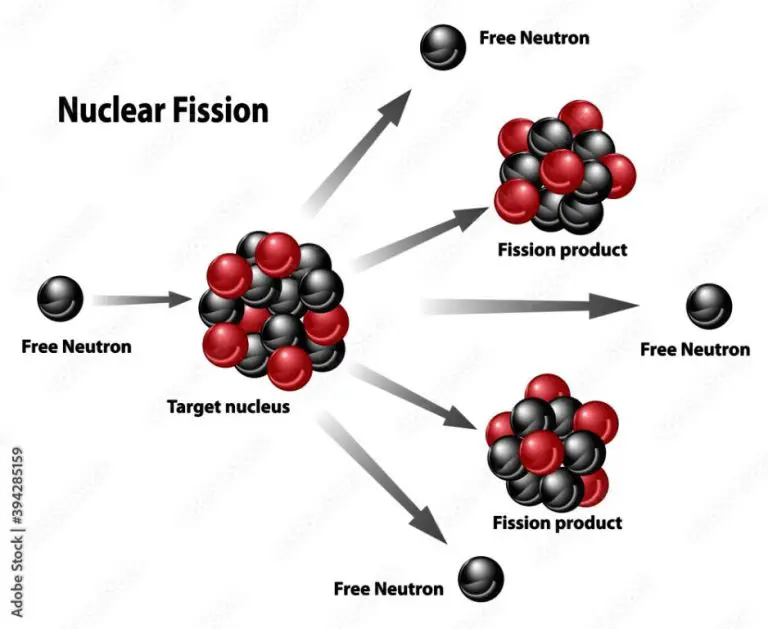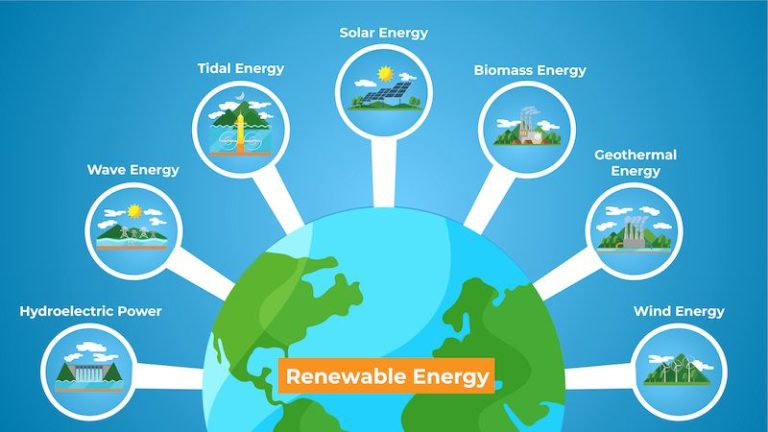Is Coal A Fossil Fuel Yes Or No?
This article aims to answer the question “Is coal a fossil fuel yes or no?” To answer this question, we first need to understand what defines a fossil fuel.
Fossil fuels are fuels formed by natural processes from the buried remains of organisms. The age of the organisms and their resulting fossil fuels typically range from millions to hundreds of millions of years old. The most common fossil fuels are coal, oil, and natural gas.
What is Coal?
Coal is a combustible black or brownish-black sedimentary rock that forms from buried organic matter such as plant material. It is composed mainly of carbon, with variable amounts of other elements like hydrogen, sulfur, oxygen, and nitrogen.
Coal forms over millions of years from vegetation that sinks to the bottom of swamps and converts into peat. As the burial process continues, heat and pressure increase and transform peat into different types of coal: lignite, sub-bituminous, bituminous, and anthracite. The higher the pressure and temperature, the higher the rank of coal.
Coal is categorized as a nonrenewable energy source because it takes millions of years to form. The coal forming process involves:
- Organic matter from dead plants accumulating in a swamp environment
- The organic matter being buried by sediments like mud and sand
- Increased heat and pressure compacting the buried organic matter into peat
- Continued heat and pressure transforming the peat through lignite, sub-bituminous, bituminous, and anthracite coal over millions of years
How Coal Formed
Coal formed from the remains of plants that lived and died hundreds of millions of years ago during the Carboniferous period. As the plants died, they sank to the bottom of the swamps and oceans, where water and mud prevented them from decaying fully. Over many centuries, the buildup of dead plants transformed into peat due to the heat and pressure from overlying sediments. As more sediment accumulated, it compressed the peat further, forcing out moisture and volatile matter and transforming it into lignite coal over millions of years. Continued pressure and heat from the buildup of rock above then turned lignite coal into subbituminous, bituminous and anthracite coal – the types of coal we use for fuel today.

Types of Coal
There are four main types or ranks of coal – anthracite, bituminous, sub-bituminous, and lignite. They are classified based on carbon content, volatile matter, and heating value:
- Anthracite – The highest rank of coal with the highest carbon content (86-97%) and energy content. It accounts for less than 1% of the world’s total coal reserves.
- Bituminous – Has 45-86% carbon content and moderate energy content. It makes up about 50% of the world’s coal production.
- Sub-bituminous – Contains 35-45% carbon content and low energy content. It accounts for about 20% of the world’s coal reserves.
- Lignite – The lowest rank of coal with the lowest carbon content (25-35%) and energy content. It makes up about 17% of the world’s coal reserves.
The coal ranking goes from lignite at the bottom to anthracite at the top. Higher ranked coal is denser and contains more carbon, therefore releasing more energy when burned. The type of coal found in a particular location depends on how that coal formed over time.
Fossil Fuels Defined
Fossil fuels are fuels formed by natural processes over millions of years from the remains of plants and animals. The remains were buried under layers of rock, sand and mud. Over time, the heat and pressure from these layers transformed the remains into what we know as fossil fuels.
The three primary types of fossil fuels are coal, oil and natural gas. They are called “fossil” fuels because they are made from decayed plants and animals that lived hundreds of millions of years ago.
Fossil fuels are non-renewable energy sources, meaning they cannot be replenished in a short period of time. Their supplies are limited and will eventually run out because it takes so long for them to form naturally.
Key Properties of Fossil Fuels
Fossil fuels have two defining characteristics that make them unique from other energy sources:
First, fossil fuels are formed from decomposed organic matter – the remains of plants, animals, and microorganisms that lived millions of years ago. This ancient organic matter was buried underground and, over millions of years, was exposed to heat and pressure which transformed it into concentrated stores of carbon-based energy sources like oil, natural gas, and coal.
Second, fossil fuels take an extremely long time to form, developing underground over the course of millions of years. The fossil fuels we use today started forming during the Carboniferous period, over 300 million years ago. The organic matter from this prehistoric era was gradually transformed into coal, oil, and gas deposits that we now mine, drill, and extract for energy production.
So in summary, the two key characteristics of fossil fuels are: 1) They originate from the remains of ancient organic matter, and 2) They form underground over countless millennia, undergoing a transformation process that converts ancient biomass into highly concentrated carbon-rich deposits.
Coal Matches Fossil Fuel Definition
Coal formed from decayed and decomposed plant matter like ferns, mosses and trees over millions of years. The process began in huge swamp ecosystems during the Carboniferous period around 360 to 300 million years ago. As the plants died and sank to the bottom of the swamps, they were buried by other vegetation and sediment. Over millions of years, the increase in heat and pressure from the buildup of sediment layers compressed and altered the plant matter into peat and then into coal.
This very long process of transforming plant matter into coal matches the key criteria that define fossil fuels. Fossil fuels like coal, oil and natural gas are formed from decomposition of ancient organic material, and this decomposition process takes place over millions of years. The ancient plant matter that became coal underwent the same fossilization process over a vast timespan, clearly satisfying the fossil fuel definition.
Other Examples of Fossil Fuels
In addition to coal, there are other types of well-known fossil fuels including oil and natural gas.
Oil, sometimes referred to as crude oil or petroleum, is a liquid fossil fuel primarily used for energy and transportation needs. Like coal, oil formed millions of years ago from the remains of tiny plants and animals that died and were compressed under layers of rock, heat and pressure over time. Oil is extracted from underground reservoirs and then refined into various petroleum products like gasoline, diesel and jet fuels.
Natural gas is another fossil fuel that formed underground through a similar process as oil. It is typically found in deposits near petroleum and is composed mostly of methane. Natural gas is commonly used for electricity generation, heating buildings, and fuel for appliances and vehicles. About 22% of the world’s energy needs are met by natural gas.
Conclusion
Coal shares the defining properties of fossil fuels like oil and natural gas. Most importantly, coal forms through the gradual decay of organic matter over a geologic time scale, typically hundreds of millions of years. During this time the carbon in buried plant matter slowly converts into the material we know as coal. This means coal is ultimately a nonrenewable resource from decomposed ancient biomass. Just like oil and natural gas, coal can be burned to release concentrated carbon energy that accumulated during its formation. All key characteristics clearly show that coal matches the standard definition of a fossil fuel.
References
Bosch, R. (2018). Coal and coalbed gas: fueling the future. Elsevier.
Gutierrez, M., Ansolabehere, S., Beerbohm, M., Boyd, E., Dunham, A., Ellis, C., … & Krupnick, A. (2021). The Coal Cost Crossover: Economic Viability of Existing Coal Compared to New Local Wind and Solar Resources. Energy Policy Institute at the University of Chicago.
International Energy Agency. (2020). Coal 2020 – Analysis and forecast to 2025. IEA.
U.S. Energy Information Administration. (2022). Frequently Asked Questions (FAQs) – U.S. Energy Information Administration (EIA). Eia.gov.
World Coal Association. (2022). What is coal? World Coal Association.






